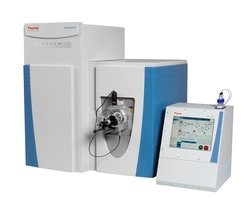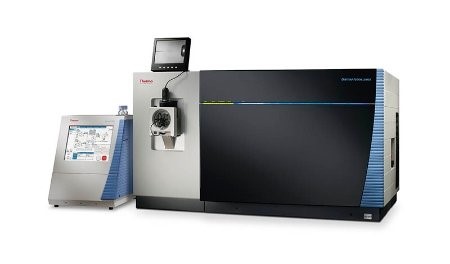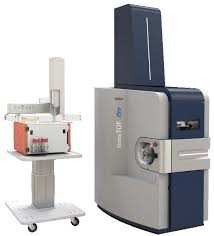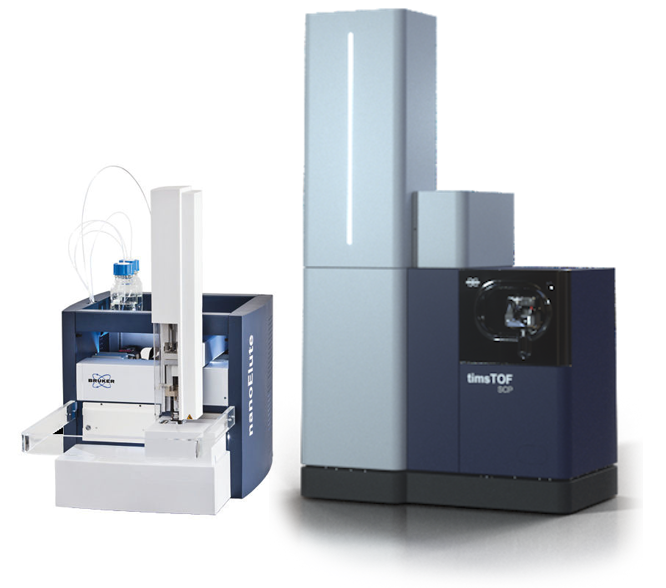Instrumentation and Services
The Proteomics Core Facility offers a range of techniques for the identification, characterization and quantification of proteins. These include the following techniques and approaches, often used in combination – please inquire for additional applications that may fit your needs.
- Protein identification
- from gels or solutions.
- from complex mixtures or tissues.
- of co-immunoprecipitated complexes.
- from proximity tagging experiments.
- serum/plasma, saliva, urine, cerebrospinal and amniotic fluid.
- exosomes from biological fluids.
- Protein quantification
- Targeted quantitation
- Targeted for absolute quantification (internal standards)
- Global – Unlabeled (LFQ, iBAQ)
- Global – Labeled (SILAC, TMT)
- Structural studies
- Chemical crosslinking and identification.
The Proteomics Core Facility is equipped with the instrumentation and expertise to perform detailed proteomic analysis. Major instrumentation in the facility include the following:

Q-Exactive HF with Easy nLC 1200 UPLC system
The Q Exactive HF system combines a state-of-the-art segmented quadrupole for high-performance precursor ion selection with a high-resolution, accurate-mass (HR/AM) ultra-high-field Orbitrap mass analyzer to deliver a superior combination of scan speed, resolving power, mass accuracy, spectral quality and sensitivity. Identify, quantify and confirm in a single analysis with a single instrument with the Q Exactive HF mass spectrometer.

Orbitrap Fusion Lumos with Easy nLC 1200 UPLC system
Tribrid linear ion trap-quadrupole-Orbitrap mass spectrometer. The tribrid architecture, with an independent ion-routing multipole which enables parallelization, significantly increases scan rates, and maximizes versatility. Any of two dissociation techniques – CID and HCD - can be performed at any fragmentation stage, followed by analysis in either the linear ion trap or Orbitrap mass analyzer.

Bruker timsTOF Pro with Evosep one
The instrument offers a unique separation technique, Trapped Ion Mobility Separation (TIMS), and a unique acquisition method, Parallel Accumulation Serial Fragmentation (PASEF). PASEF acquisition method provides extremely high speed and sensitivity to reach new depths in shotgun proteomics and phosphoproteomics, using low sample amounts.

Bruker timsTOF SCP with NanoElute
Alongside the TIMS and PASEF capabilities provided by the Bruker timsTOF Pro, the timsTOF SCP additionally employs a number of improvements which result in unparalleled sensitivity, including radically improved ion transfer efficiency, a higher pressure stage ion funnel, and an 8-stage differentially pumped vacuum system. High sensitivity and rapid scan speeds make this instrument ideal for analysis of very low abundance samples, biomarker discovery, and peptide enrichment workflows (including phosphoproteomics and immunopetidomics).
Contact
For project inquiries and consultations please contact the team at